Barcelona: The Colorful Catalan Capital
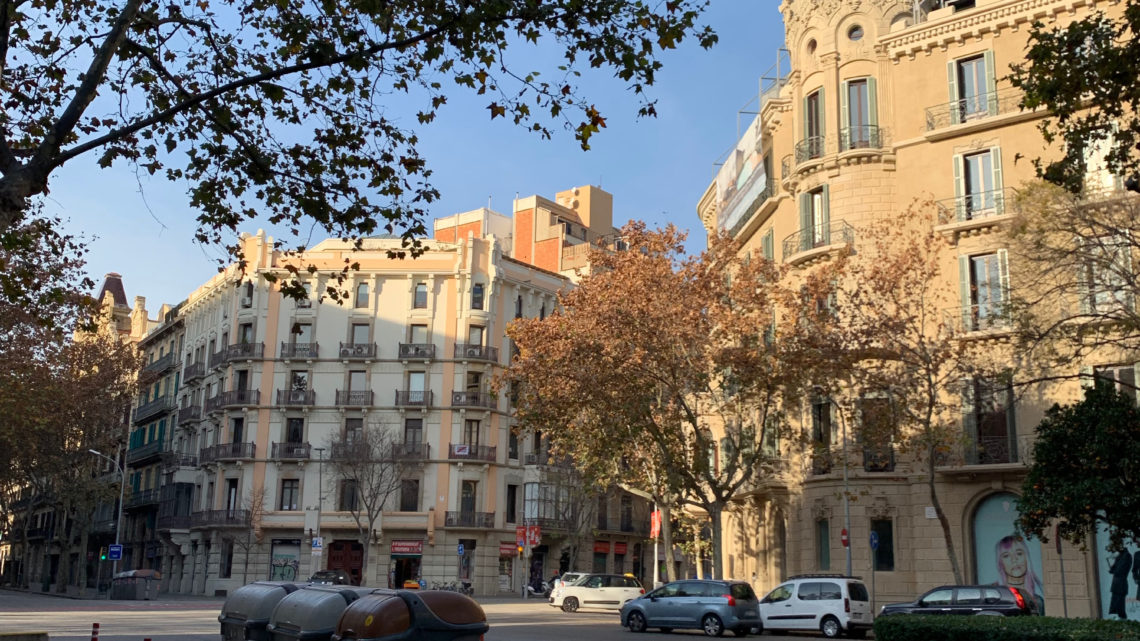
Whenever I ask my friends about their favorite European cities, Barcelona is one of the most popular answers. People who ventured there have always described it as one of the most beautiful cities in the world. It is also often referred to as one of the world’s best cities for architecture. Despite this, my study abroad trip to Europe did not include Barcelona as a stop, only Madrid. Although Madrid is a fabulous city with amazing Spanish culture and magnific
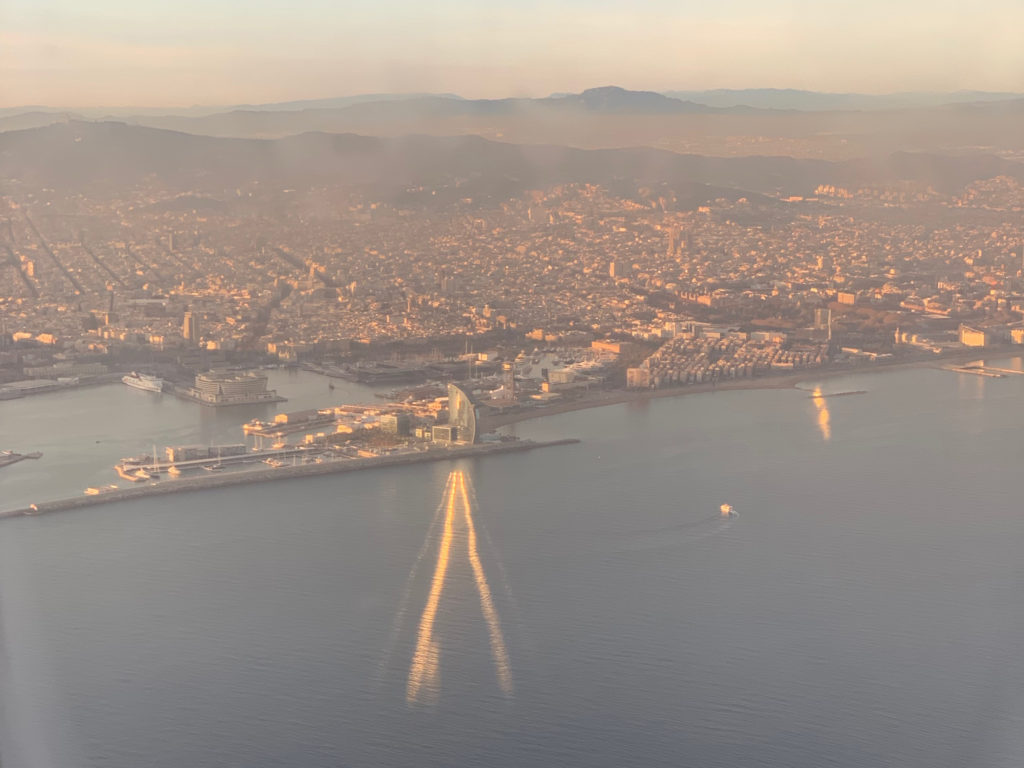
After an unexpected stop in Brussels, I headed to Charleroi Airport in southern Belgium to catch a Ryanair flight to Barcelona. Two hours later, the plane began its descent towards my destination. Through the window, I saw one of the most spectacular airplane views of any city I have ever visited.
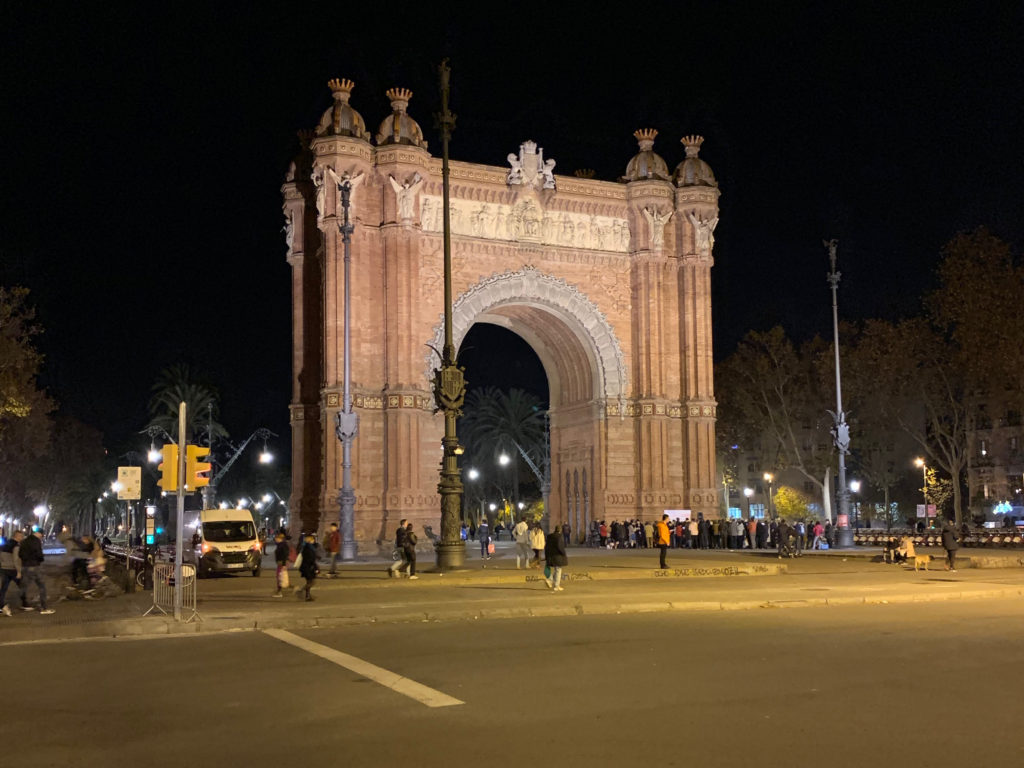
El Prat Airport is located far from the city center, so it took around an hour by metro to reach my hostel. It was dark outside when I emerged in front of the Arc de Triomf (not to be confused with the Arc de Triomphe in Paris). The arch was lit up beautifully against the night sky: a welcoming sight as I entered the city. Although I had not yet seen the streets in the daylight, I was already falling in love with this magical city!
Christmas Eve
I walked around the corner to my hostel, which occupied a traditional Spanish-style apartment building. I was greeted by a friendly receptionist, who signed me in and showed me to my room.
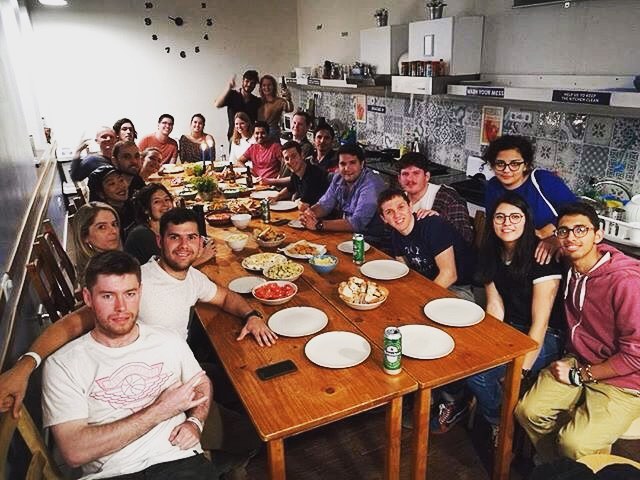
It was Christmas Eve, and the hostel was preparing a large meal consisting of various tapas: traditional small dishes that are popular in Spain. I had only just arrived at this hostel and it already felt like a home away from home. Everyone was so welcoming and it was easy to strike up a conversation with other travelers. We all sat down for dinner and celebrated the holiday together!
Much like my Christmas Eve experience in Copenhagen, there wasn’t much to do that night. I decided to hang out in the common area and get to know the other guests before beginning my explorations the following day.
Eixample District
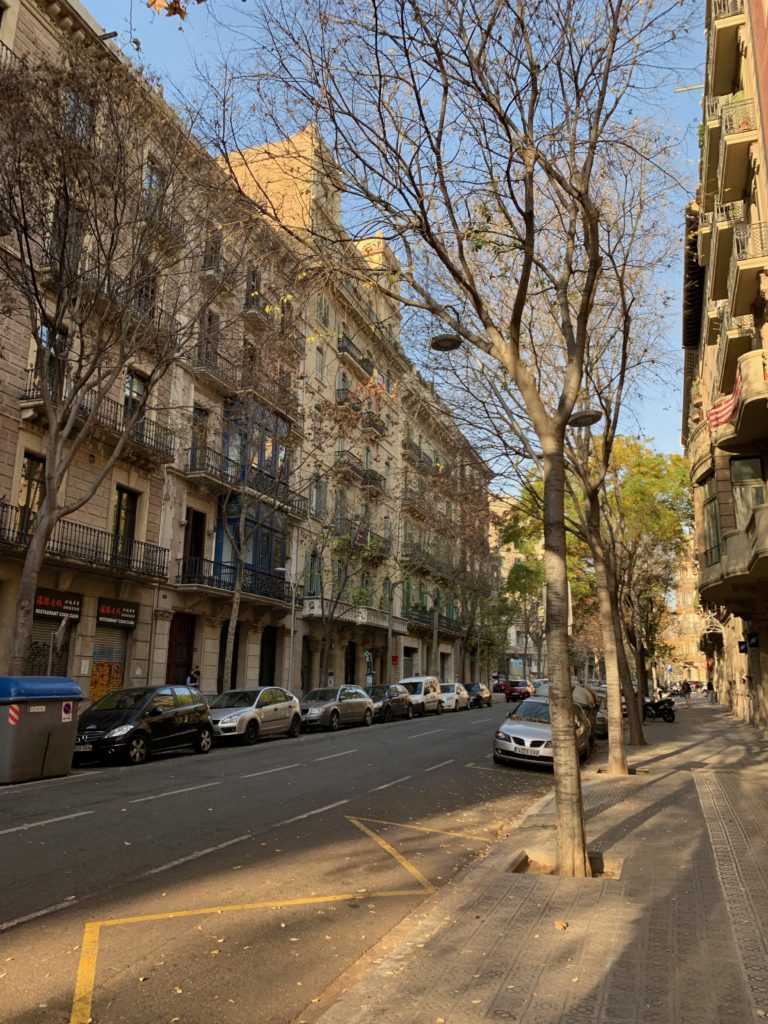
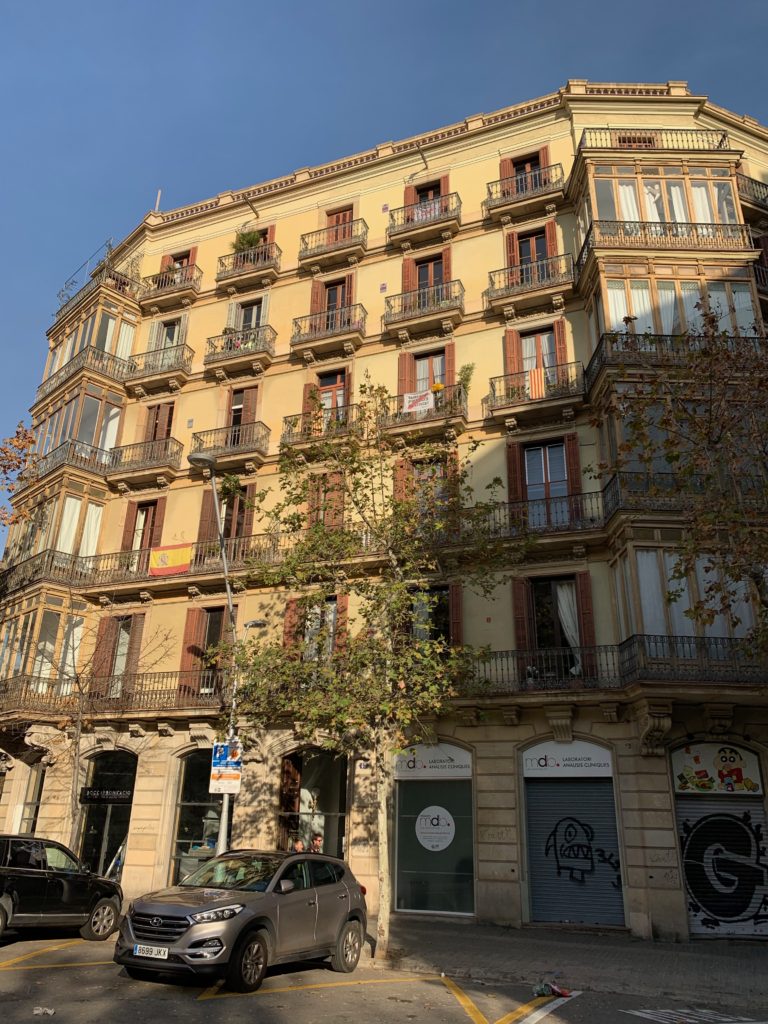
I woke up on Christmas Day ready to explore this gorgeous city! I set out into the Eixample district: Barcelona’s newer neighborhood. The weather was beautiful, especially for a European city during the winter. The sun was out and it was only slightly chilly, a nice relief compared to my previous holiday trip to Northern Europe.
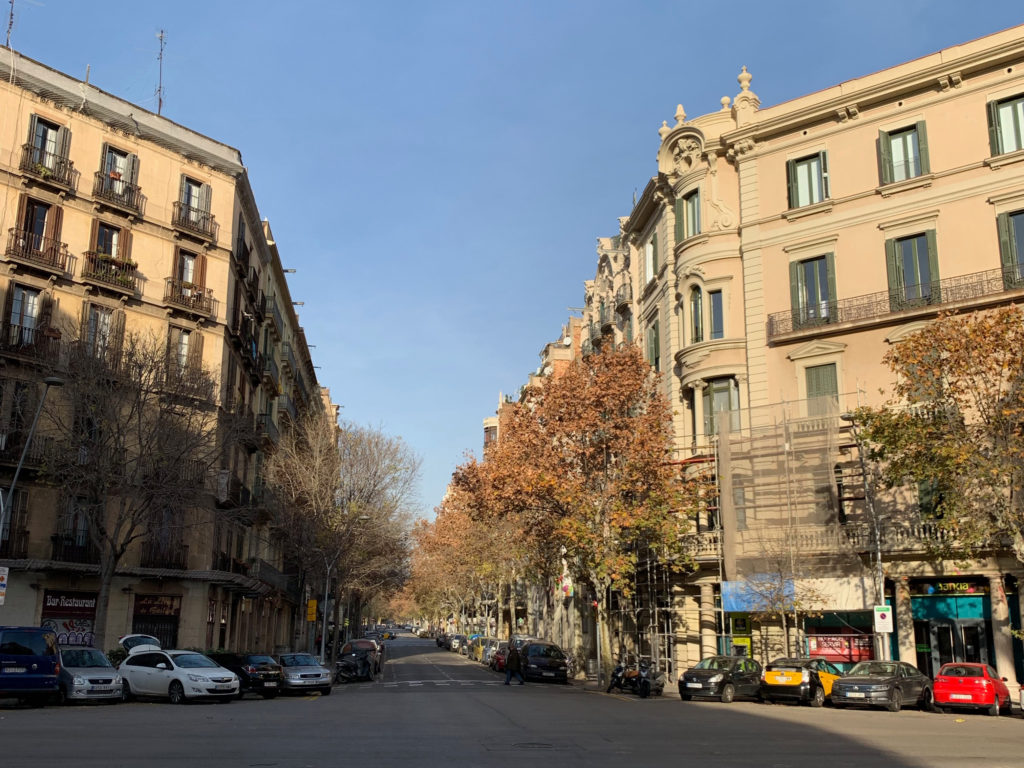
The architecture here is beautiful and fairytale-like. Most of the buildings are around six stories high and are painted in earth-tone colors, particularly tan and yellow. They feature touches of ornamentation, inspired by the Renaissance and Baroque styles. The streets in this part of the city follow a grid pattern, with chamfered building corners at every intersection. This unique design improves both visibility and ventilation.
Modernisme Architecture
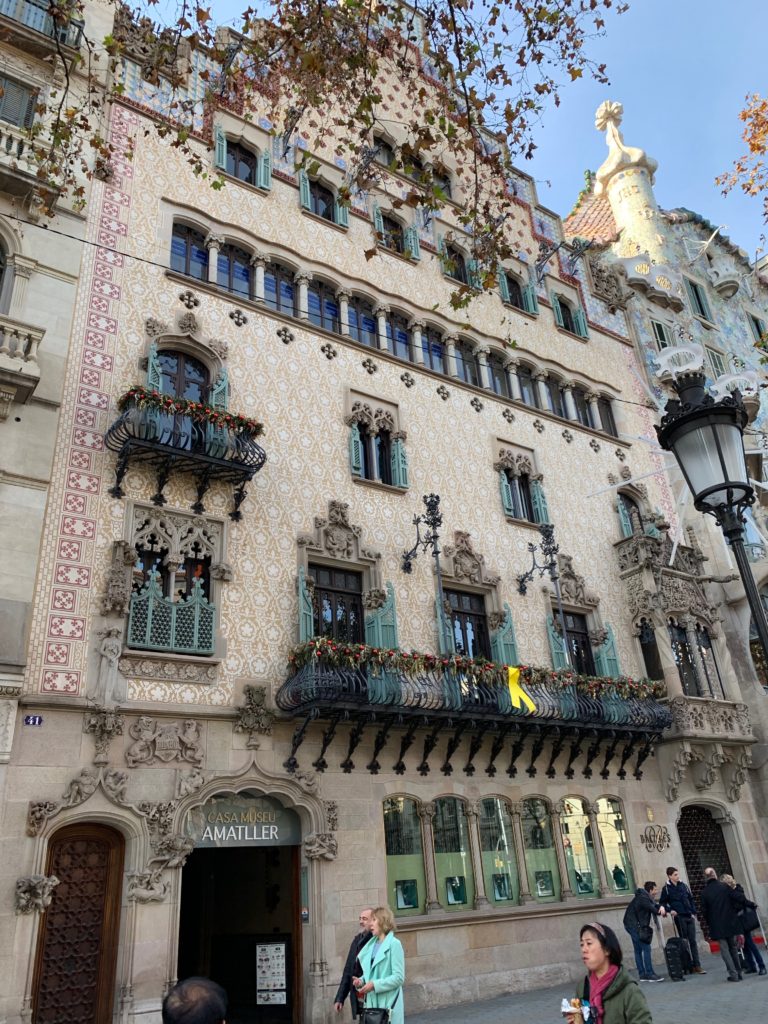
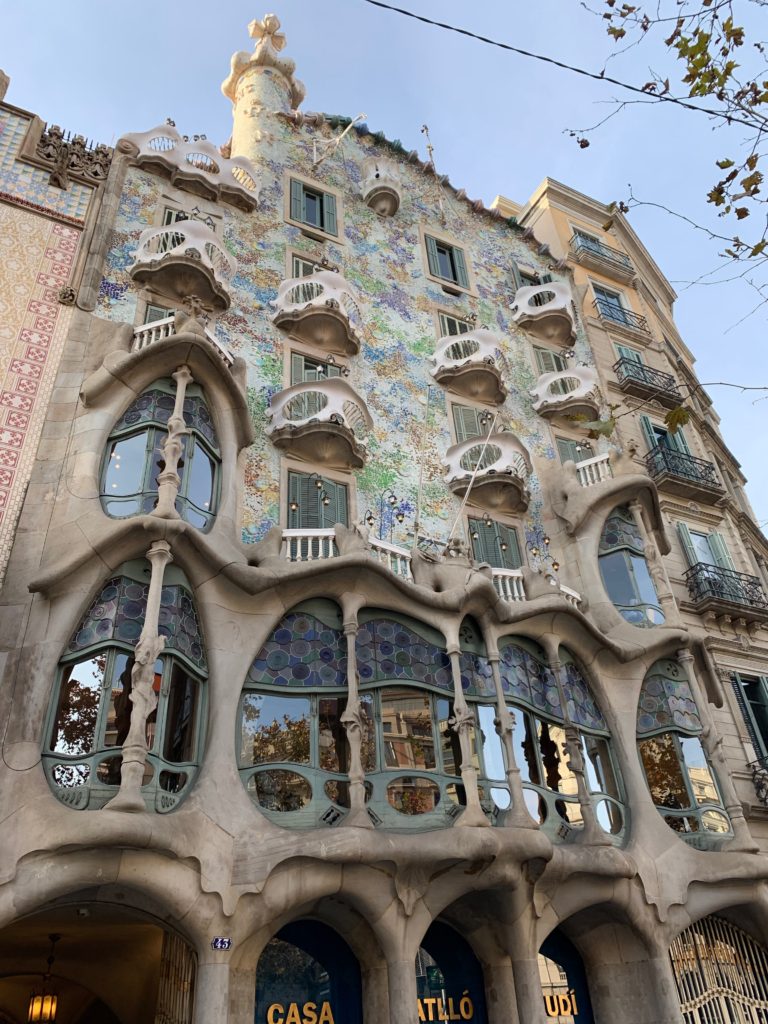
Barcelona’s most famous architectural style is Modernisme: the Catalan version of Art Nouveau. This movement is characterized by the use of curves over straight lines, bright colors, lively ornamentation, and a strong sense of Catalan identity. It is as if each house in this district is trying to outdo its neighbor. The most famous architect of this movement is Antoni Gaudí.
I decided to explore one of his famous houses: Casa Batlló. It is open on Christmas Day, so I thought it would be the perfect place to visit when several other attractions were closed. Unfortunately, the queue outside was quite long. I waited around 45 minutes only to be given a ticket for later that day. If I could have done it over again, I would have reserved this one in advance.
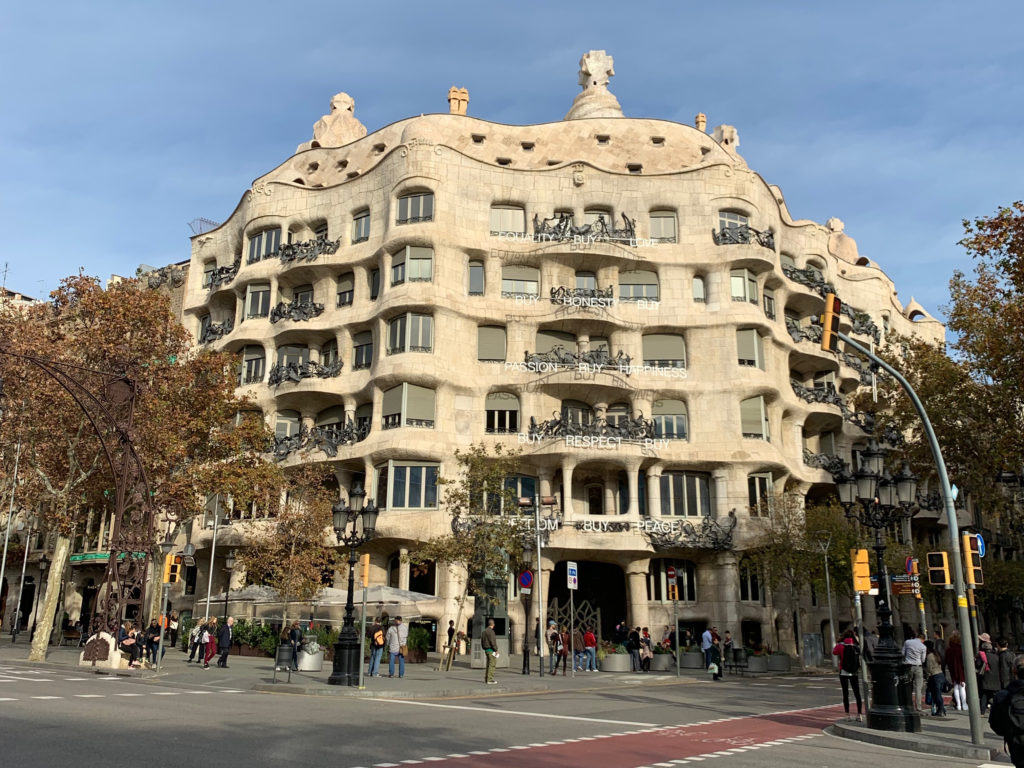
While waiting for my time slot, I explored more of the Eixample district. I walked by another famous Gaudí home: Casa Milà. This playful house looks like it came straight out of a fantasy novel. The stone exterior is
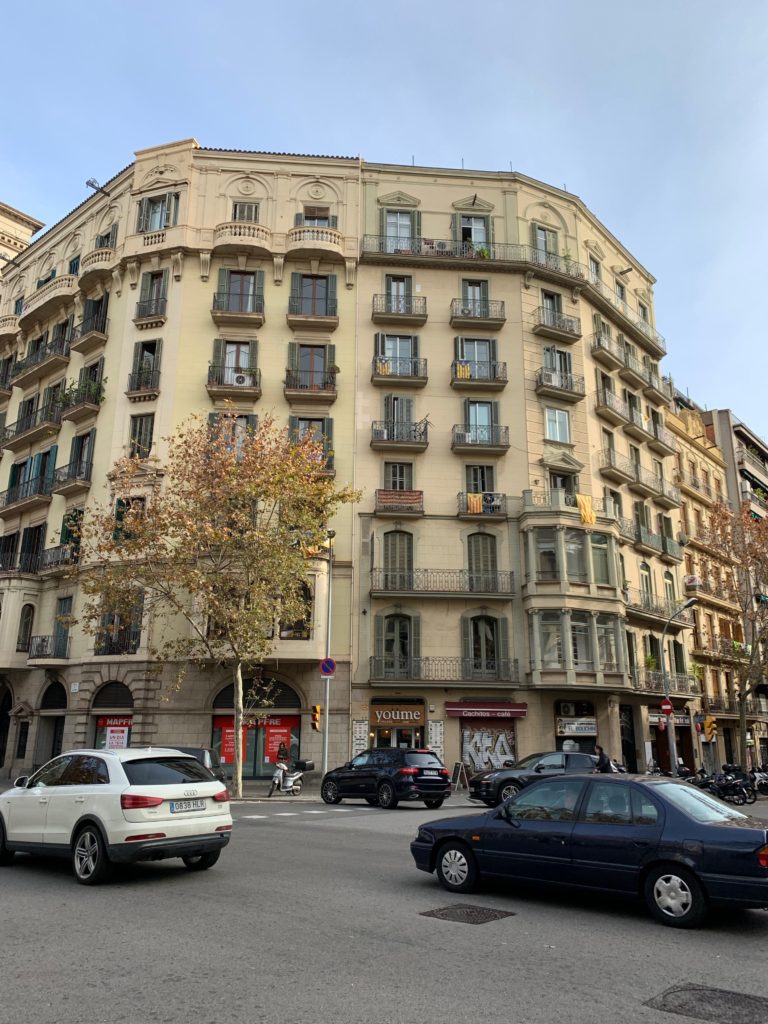
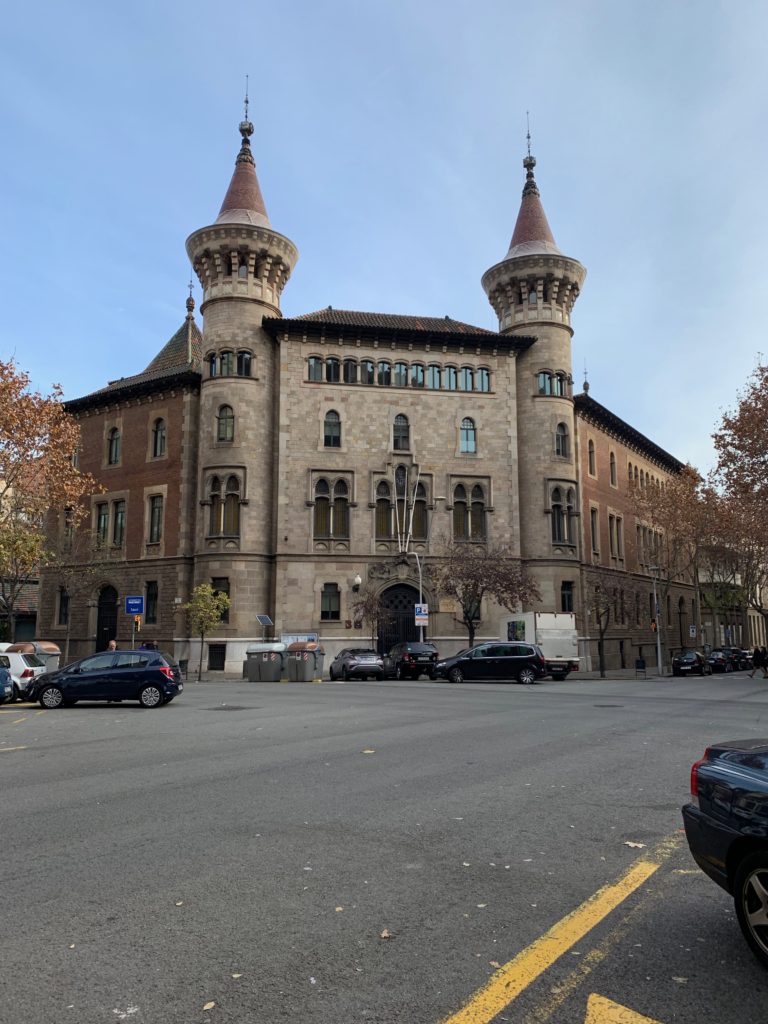
I continued my walk around the neighborhood and could see why Barcelona is a favorite among many architects. The buildings have a mix of Spanish and Catalan charm that makes the city simply stunning, and the wide variety of architectural styles meant that I couldn’t stop myself from looking up.
Casa Batlló
When the clock hit 1:30 p.m., it was time to head back to Casa Batlló to explore this fascinating home. Although the house was built in 1877, it was extensively redesigned in 1904 by Antoni Gaudí. Today’s design looks like a playful version of the traditional Spanish apartment building. Instead of having iron balconies, the house has protruding, bone-like balconies. The first two stories are fluidic in their shape, typical of Gaudí’s houses, whereas the upper levels are decorated with a colorful mosaic.
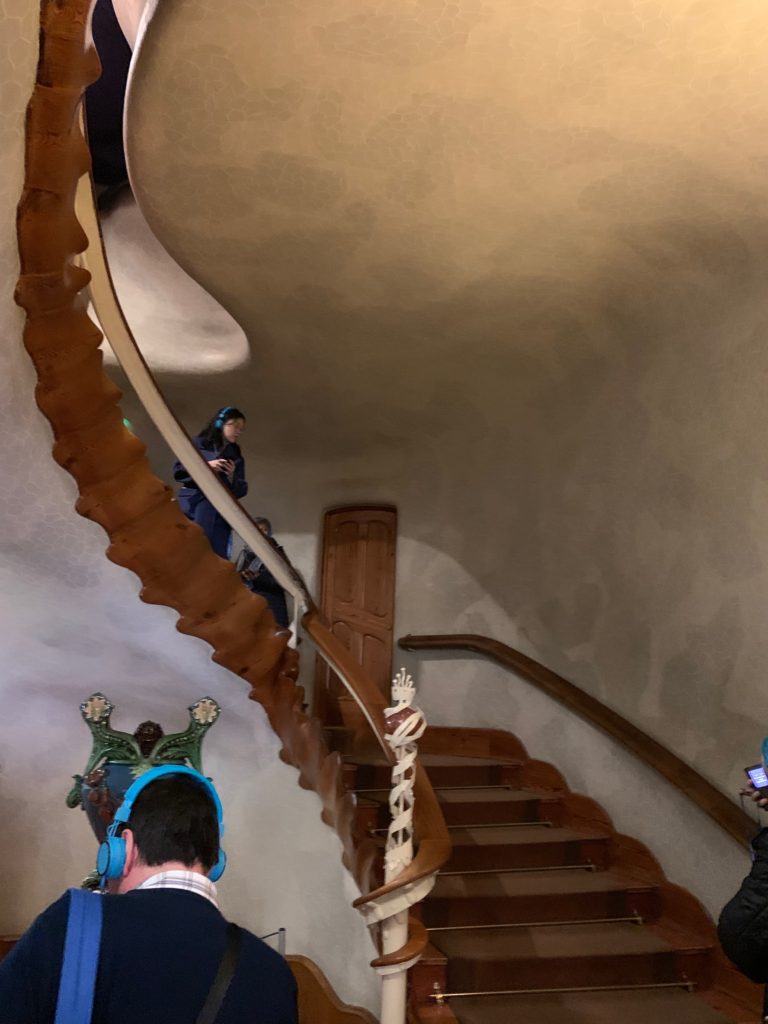
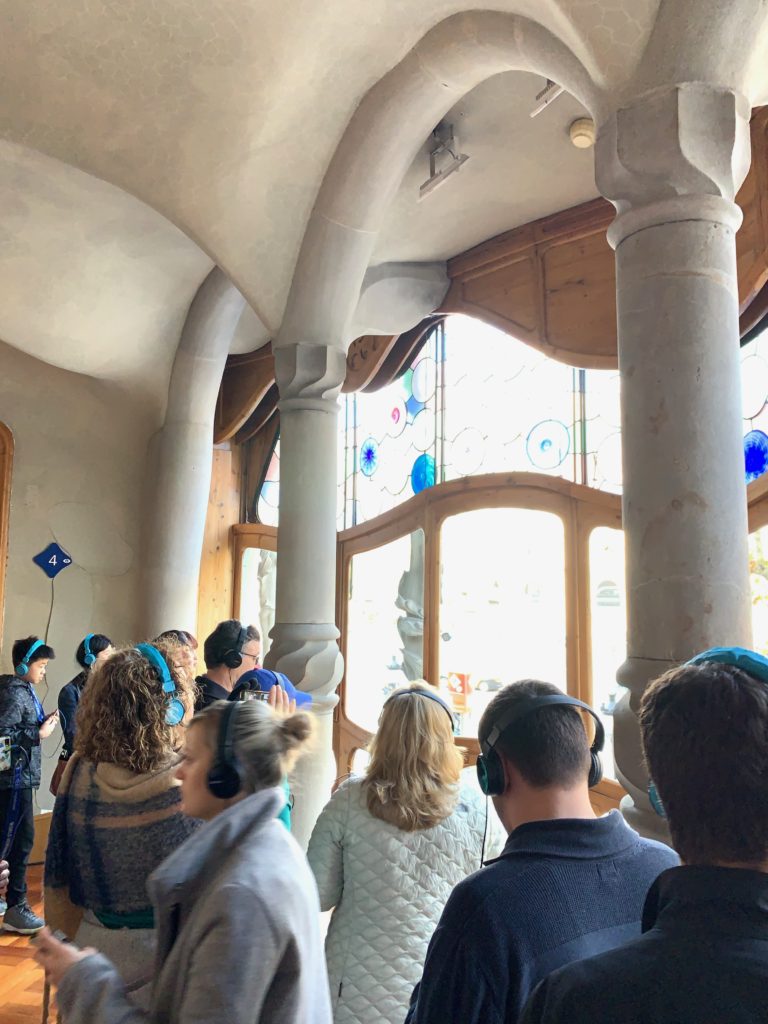
After showing my ticket at the entrance, I went inside the crowded home. The interior is just as whimsical as the exterior. Visitors first ascend a wooden staircase framed with an edge that is reminiscent of a dinosaur tail. The ceiling flows upward as guests enter the second story. I entered a room that faces directly onto the street. This space is flanked with organic columns that flow seamlessly up to the curved ceiling.
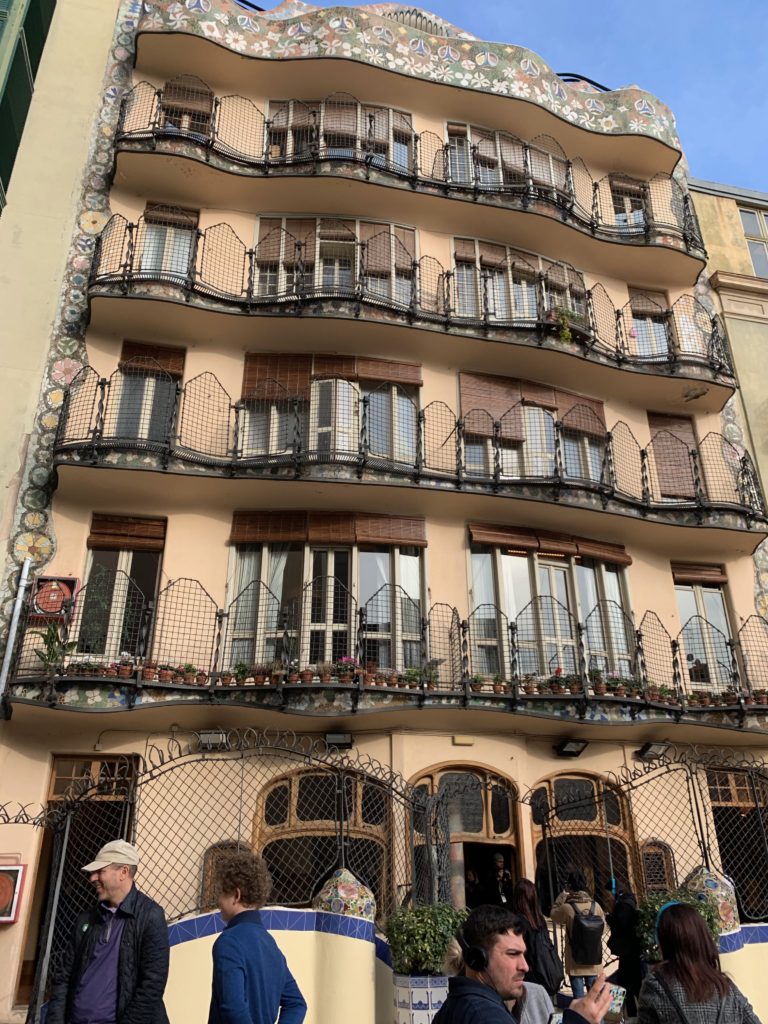
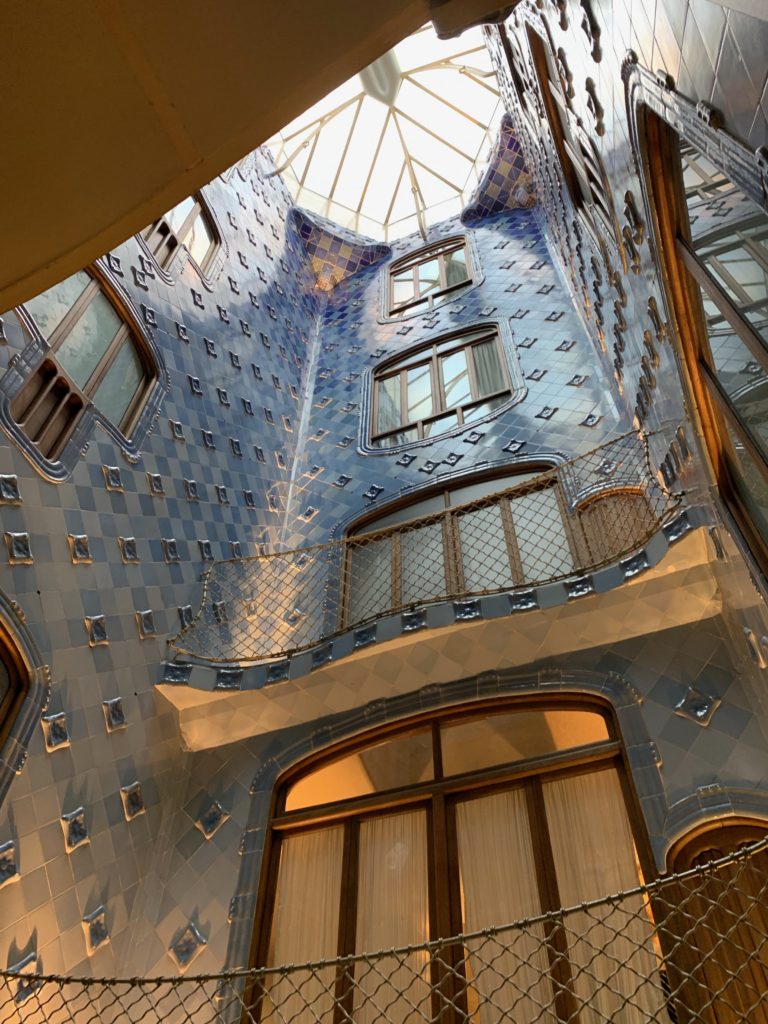
I got a chance to pop out onto the second floor rear terrace. The building’s rear façade is more normal in appearance. However, it still has a hint of curvature and a decorative mosaic border. I went back inside the house and entered the central light well. This airy space has an indoor/outdoor feel to it, with its abundance of natural light. It is lined with beautiful blue tiles and wooden windows.
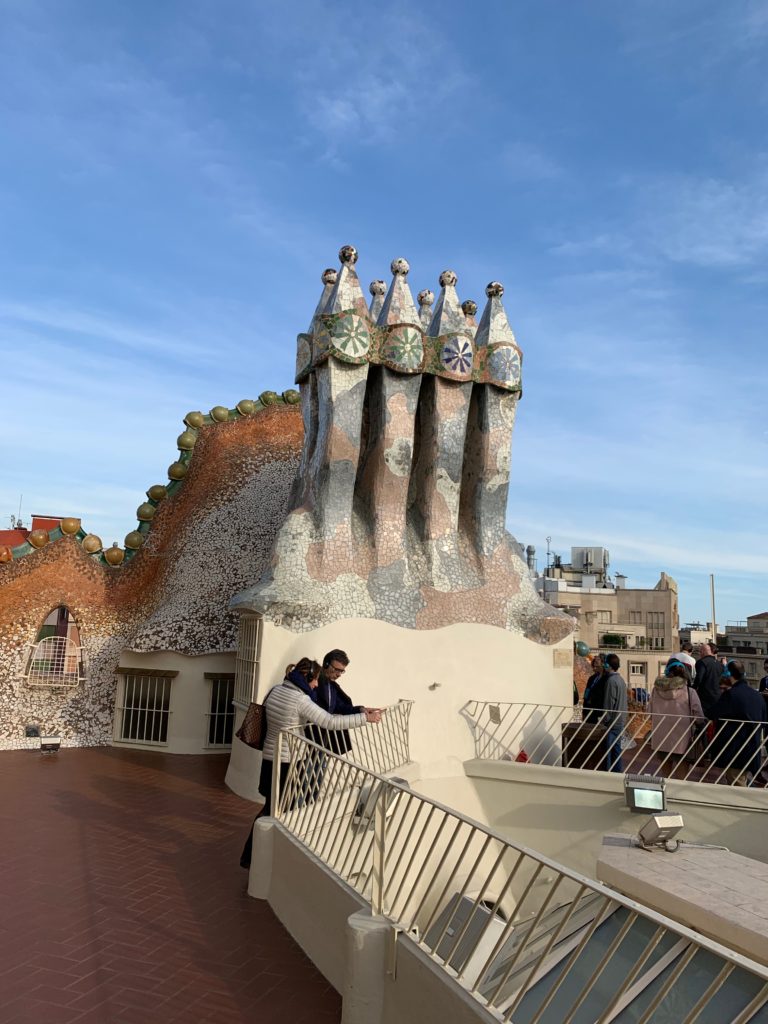
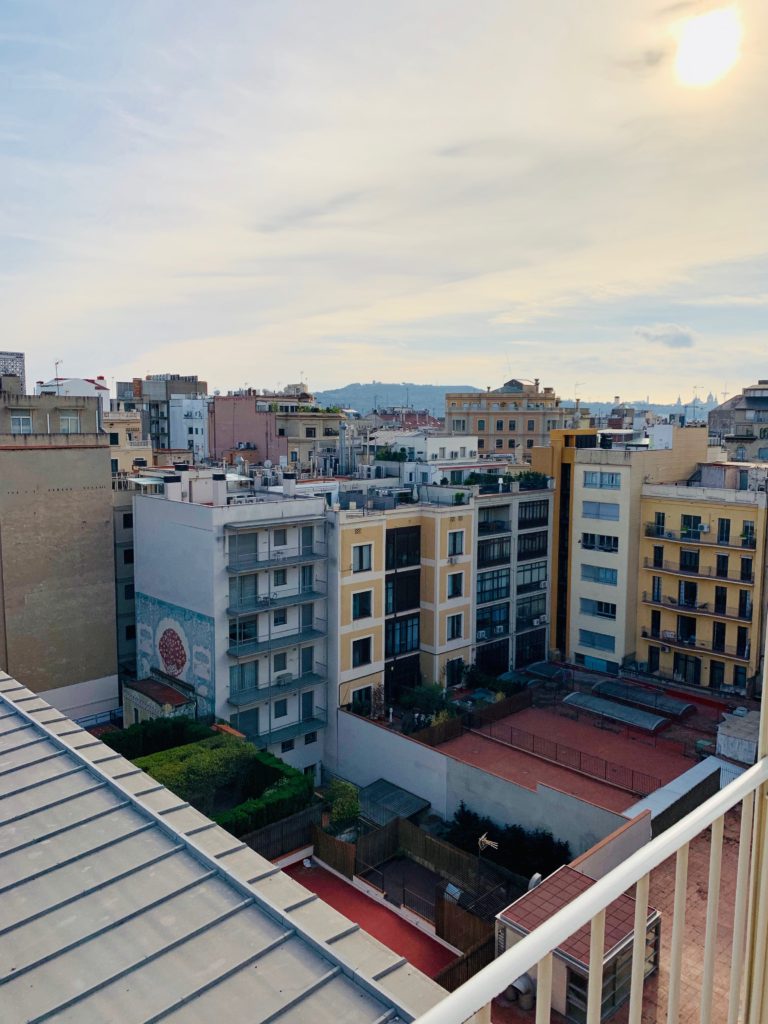
I climbed to the top of the light well and emerged out onto the roof. Up here, Gaudí shows off his signature mosaic work, with a large, dragon back sculpture housing the chimney. From this terrace, I also got a charming view of the neighboring courtyard.
Overall my experience at Casa Batlló was a dynamic one! I thoroughly enjoyed exploring the “Bone House” and admiring Gaudí’s attention to detail in this architectural masterpiece. The average traveler might not be able to justify spending €28 to enter a house devoid of furniture. But for an architect who wants to see a home like no other, it is well worth a stop!
Port Olímpic
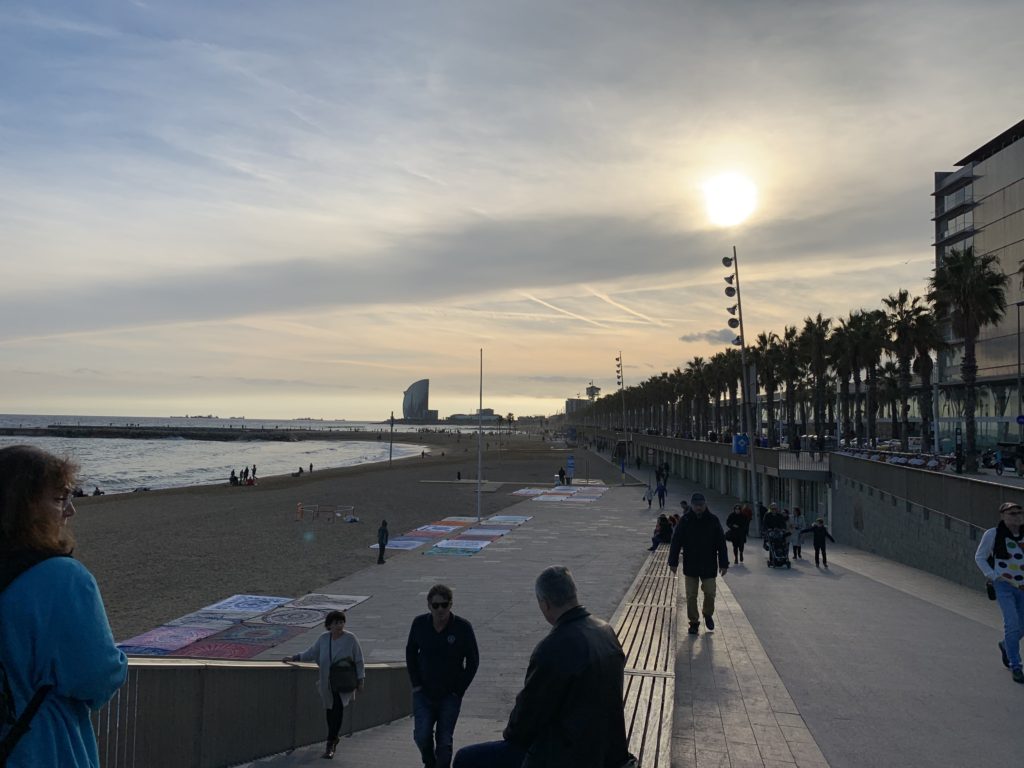
I hopped onto the metro towards Port Olímpic: a beachfront neighborhood that hosted the 1992 Summer Olympic sailing events. One of Barcelona’s most defining features is its beach, which is the perfect spot to take a stroll and enjoy the water and ocean breeze. From here, I could see Barcelona’s iconic W Hotel
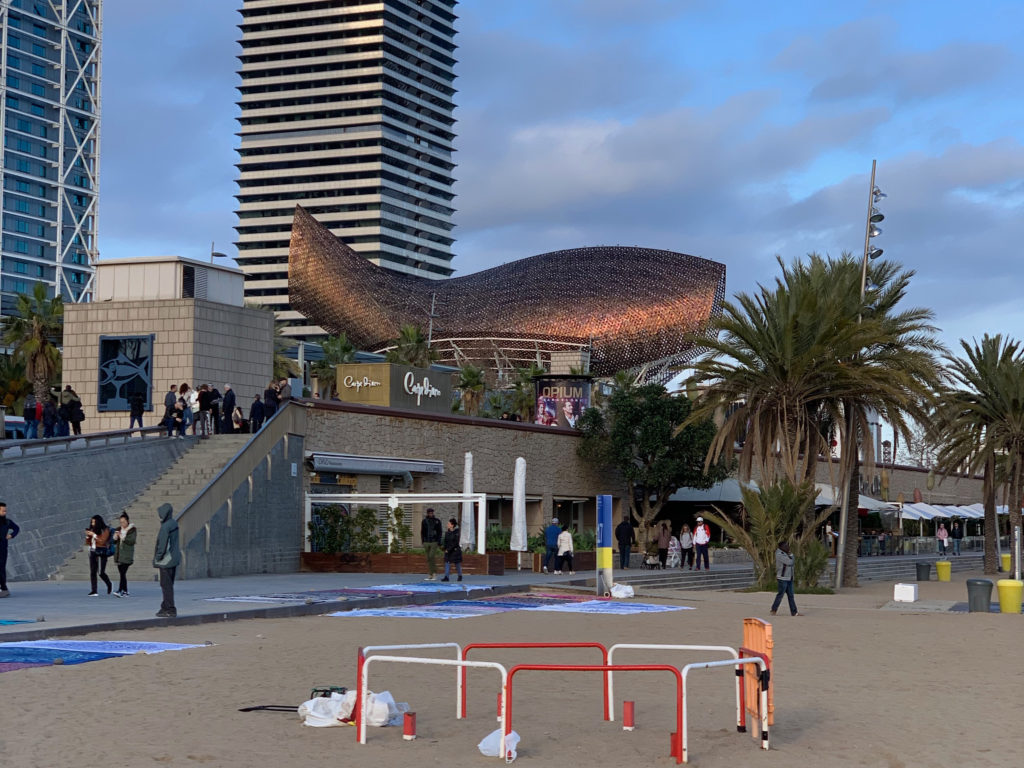
The neighborhood is also home to El Peix: a metallic fish designed by Frank Gehry. As I have previously mentioned, Frank Gehry is my favorite architect and I always make it a point to visit his buildings.
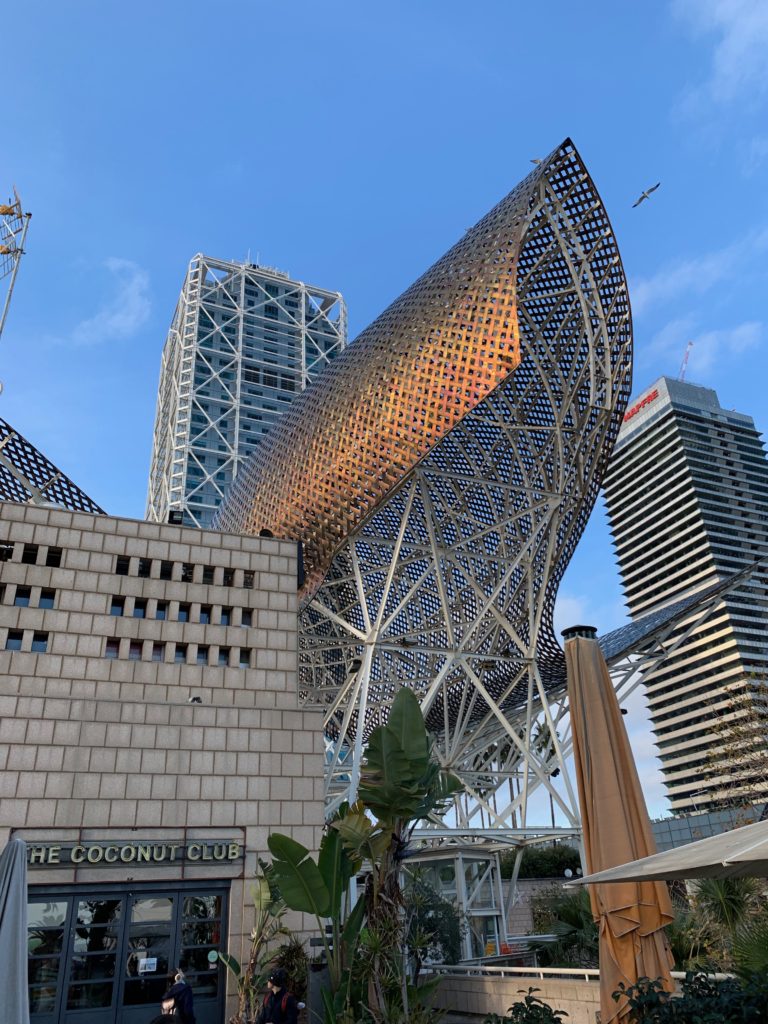
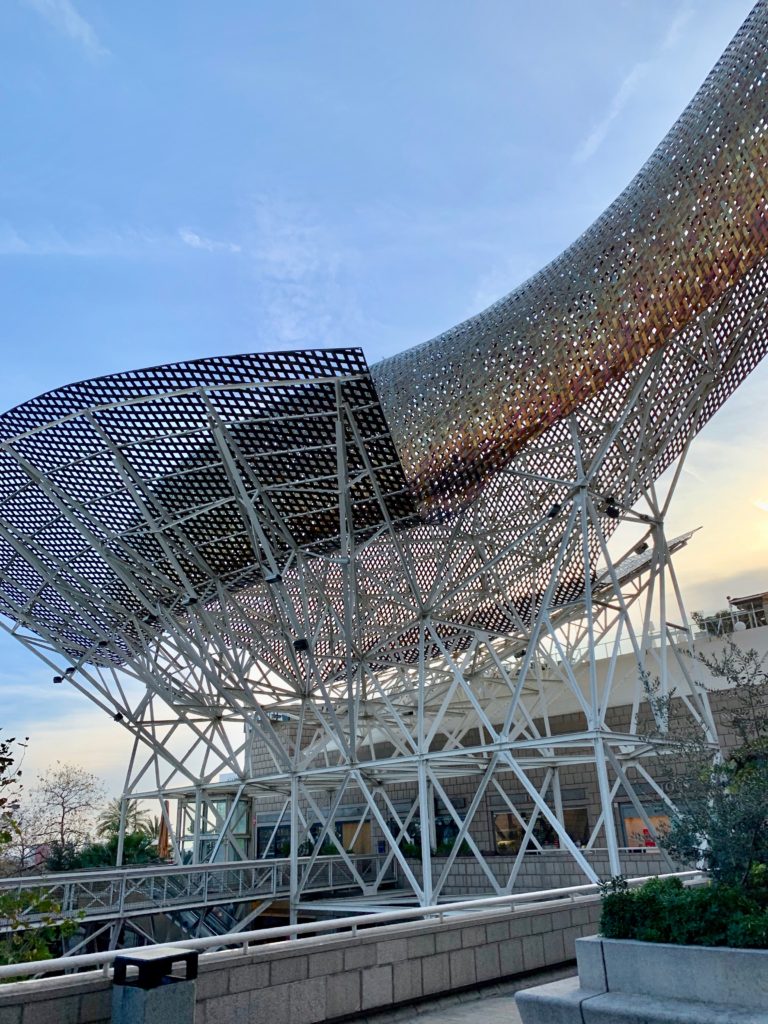
Gehry takes a different approach with the design of this fish sculpture, as it is not actually a building. It is simply a canopy for the outdoor area of the Casino Barcelona. However, in typical Gehry fashion, its form is organic and it takes the importance of light into consideration. The stainless steel scales change color as the sun moves across the sky.
Bunkers del Carmel
After my lovely walk through Port Olímpic, I got back on the metro and headed to my hostel. I arrived just in time, as three of my hostel mates were headed for a spot in the city that is known for having one of the best views. Since they said this place was a must-see, I decided to join them. I went with Nate, Danny, and Flavia as we headed back onto the metro.
We arrived at a station in a less busy neighborhood on the outskirts of the city. Our walk from here was quite a hike as we ascended several steps up the hill. We could see people on a fortress-like structure at the top. It seemed so far away, yet we kept climbing. Eventually, we reached the spot at the Bunkers del Carmel.
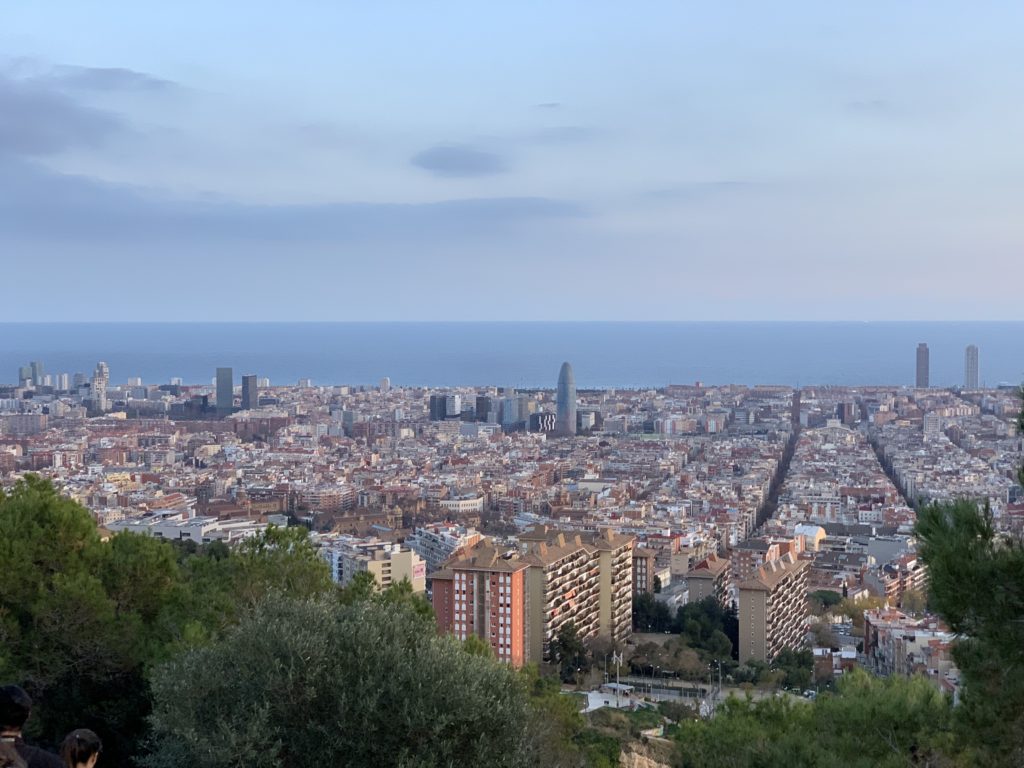
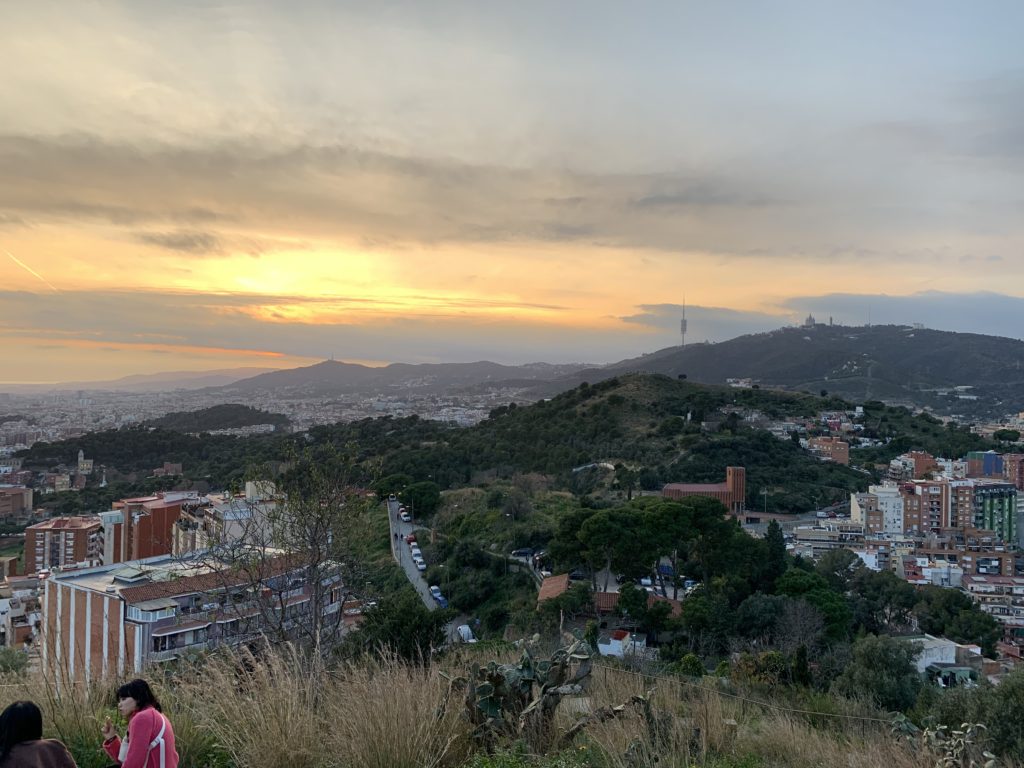
We were rewarded with an absolutely spectacular view of all of Barcelona. From here, I gazed out into the sprawling city, which ended against the blue Mediterranean Sea. Behind me, the city transitioned from dense buildings into lush greenery in a Tuscan-like mountain landscape. The bunkers also provided one of the best places to watch the sunset.
After a wonderful group bonding experience, we ventured back down into the Eixample district for dinner. We grabbed a
Even after just one day of exploring Barcelona, I could easily understand what made this city so special to all of my friends who traveled there. The city feels like it came straight out of a fairy-tale and has some architecture that is both stunning and unique.
